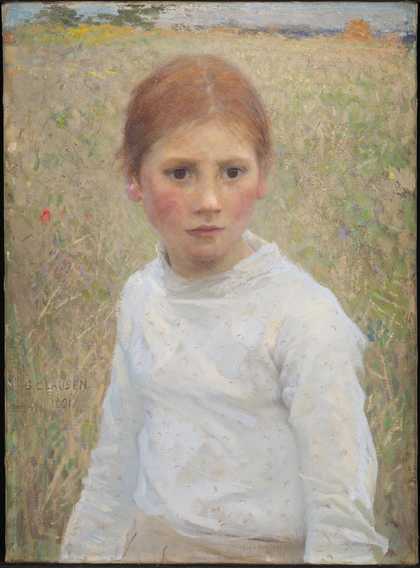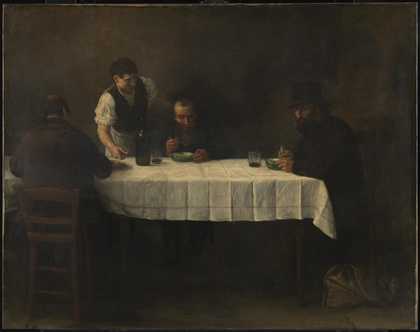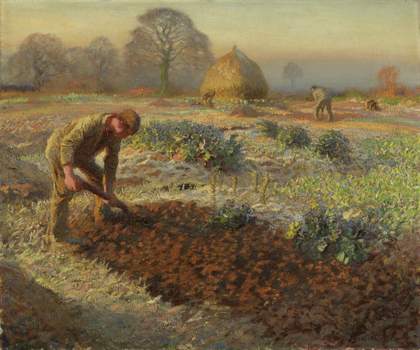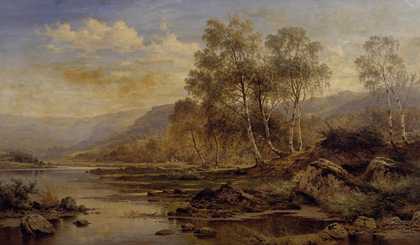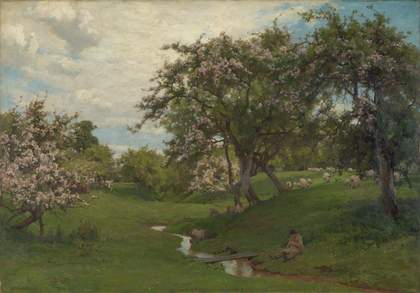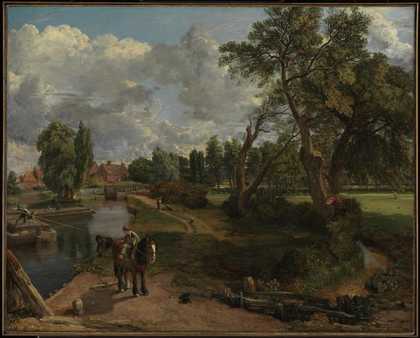
John Constable
Flatford Mill (‘Scene on a Navigable River’) (1816–7)
Tate
Until the early nineteenth century both landscape and the human figure in art tended to be idealised or stylised according to conventions derived from the classical tradition. In the nineteenth century there was a trend towards representing things in a more realistic way. In Britain this was pioneered by John Constable who famously said ‘there is room enough for a natural painture’ (type of painting).
Naturalism became one of the major trends of the century and, combined with realism of the subject, led to impressionism and modern art. Naturalism is often associated with plein air practice (painting landscapes and other scenes from life out-of-doors).

